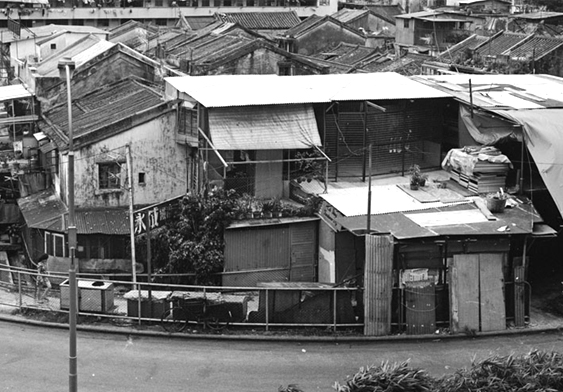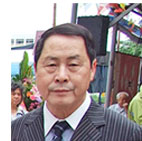
Pei Pin Street in the late 1970s
At that time, half of Pei Pin Street had already been turned into a road, but there were still many squatters on the village outskirts. This picture shows Pei Pin Street in 1979-ISD Photo (No. 20663-7)
Pei Pin Street in the late 1970s
At that time, half of Pei Pin Street had already been turned into a road, but there were still many squatters on the village outskirts. This picture shows Pei Pin Street in 1979-ISD Photo (No. 20663-7)
Life was hard for Ma Sui Wai during his Pei Pin Street childhood
It was common that residents on Pei Pin Street partitioned part of their house into a grocery store and earned money by selling snacks. Some made a living by pasting match boxes or sewing gloves at home. When Ma Sui Wai was a child, he had helped his mother with these tasks. When his wife was a child, she and her sisters earned money by fetching water from the public standpipe outside Nga Tsin Wai for the people who lived a long way from the standpipe and had difficulties in fetching water. They made daily delivery of water to their homes. They earned around $10 every month. In the past, water supply was inconvenient. Occasionally, water was supplied once every 4 days. Sometimes, the bad-tempered Haifeng natives who lived on Pei Pin Street would quarrel with the Nga Tsin Wai villagers over water fetching, but the Pei Pin Street residents had to concede because the standpipe was within the area of Nga Tsin Wai Village. Electricity supply was difficult too. Very few households succeeded to get individual supply of water and electricity. They had no television set too. The radio of the grocery store at the entrance of the village provided precious entertainment to the residents. At night, Ma Sui Wai and other villagers would go to the store and listen to the Midnight Ghost Stories.


 BACK
BACK  CLOSE
CLOSE 